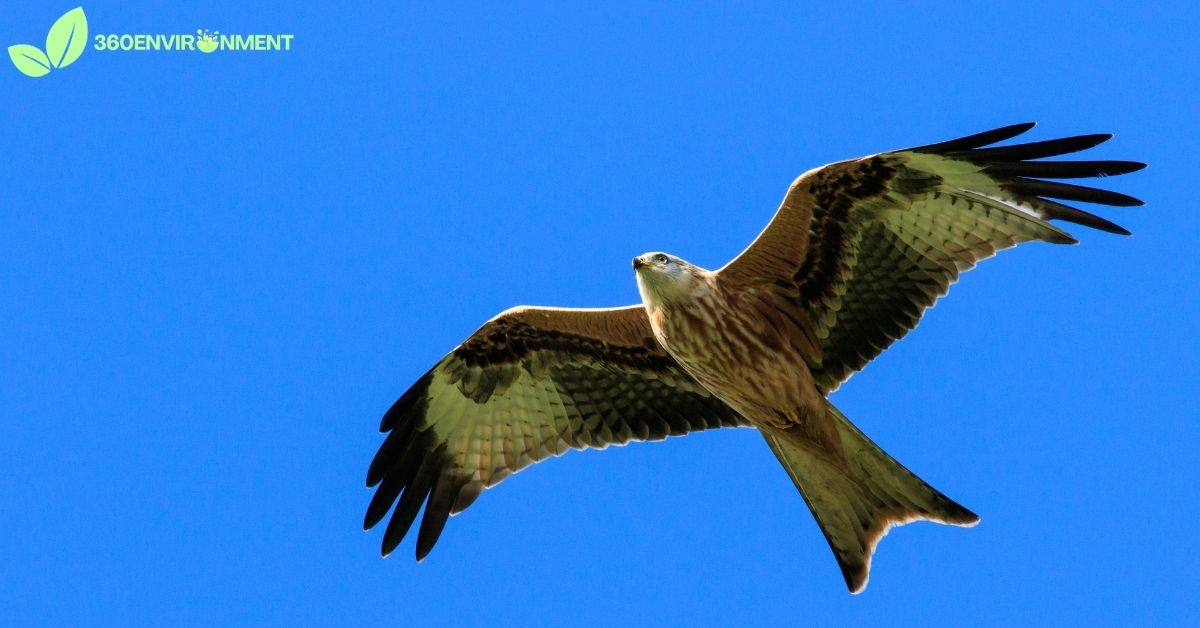Kite animals, specifically kite birds, belong to the family Accipitridae, which also includes hawks, eagles, and vultures. These medium-sized birds of prey are well known for their graceful flight patterns, characterized by long, pointed wings and distinctive forked tails. With their sharp vision and impressive ability to soar through the skies, kite animals play a vital role in their ecosystems as both hunters and scavengers. There are various species of kite animals, the most famous being the black kite (Milvus migrans), red kite (Milvus milvus), and Brahminy kite (Haliastur indus).
This article will explore the environmental niche of kite animals, diving into their habitat preferences, diet, behavior, ecological importance, and the conservation challenges they face. By understanding the role kite animals play in nature, we can better appreciate the importance of preserving their habitats and protecting them from threats.
1. Overview of Kite Animals
Kite animals are among the most visually captivating birds of prey. Known for their remarkable aerial skills, they often use rising air currents or thermals to soar effortlessly for extended periods, covering large areas with minimal energy expenditure. Their diet is versatile, allowing them to be opportunistic feeders that thrive in diverse environments. Kites are primarily scavengers, but they are also capable hunters depending on the availability of prey.
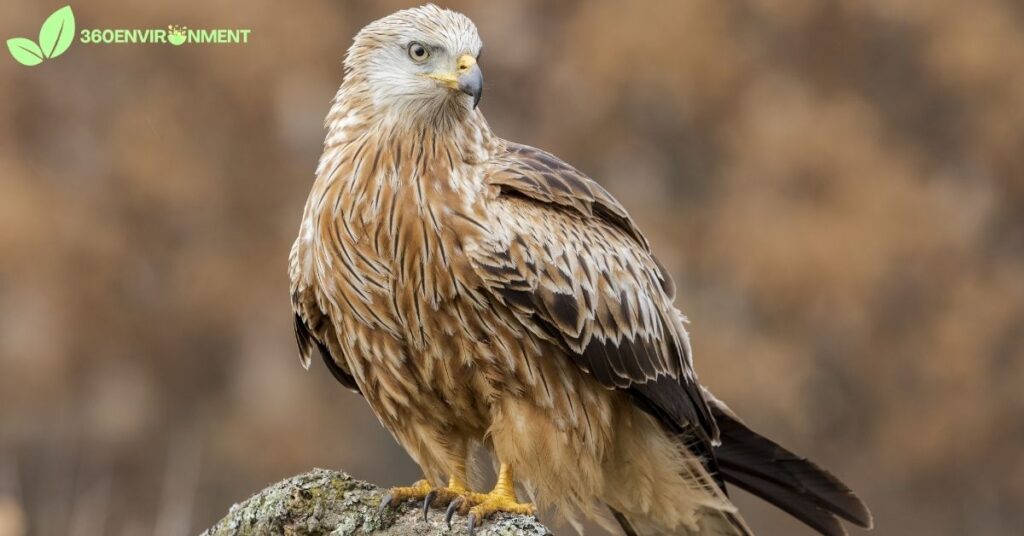
1.1 Taxonomy and Classification
Kites fall under the Accipitridae family and are related to other birds of prey like eagles and hawks. They are distributed across various genera, each species exhibiting unique adaptations for survival.
- Kingdom: Animalia
- Phylum: Chordata
- Class: Aves
- Order: Accipitriformes
- Family: Accipitridae
- Genera: Milvus, Haliastur, Elanus, and others
Among the kite species, the black kite and red kite are the most widely recognized, with distinct characteristics that set them apart from other birds of prey. Black kites are globally distributed and have adapted to both rural and urban environments, while the red kite has a smaller, more concentrated range in Europe.
1.2 Physical Characteristics
Kites exhibit a number of physical traits that aid their survival and efficiency as hunters or scavengers.
- Size: Kites typically range between 50 to 70 cm (20 to 28 inches) in length, with wingspans reaching up to 1.5 meters (5 feet).
- Wings and Tail: Their long, pointed wings and forked tails give kite animals their distinctive appearance and flight capabilities. These features allow them to maneuver gracefully in the air, often using minimal wing beats to glide across thermals.
- Plumage: The coloring of kite animals varies by species. Red kites, for example, are known for their striking rust-red feathers and pale heads, while black kites have more muted brown and dark coloration, making them blend into various environments.
- Vision: Like other raptors, kite animals possess exceptional eyesight, allowing them to spot prey or carrion from great distances. This makes them highly effective hunters and scavengers.
2. Habitat and Geographic Distribution of Kite Animals
Kite animals are highly adaptable and inhabit a range of environments across the world. They thrive in open areas where they can soar freely and have a clear line of sight to spot potential food sources.
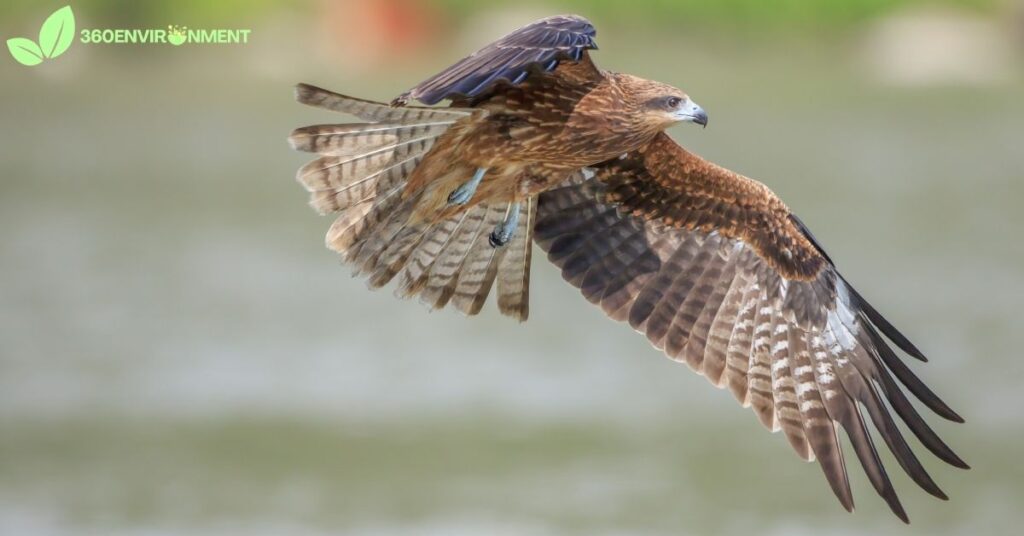
2.1 Habitat Preferences
Kite animals prefer habitats that offer open spaces, allowing them to survey their surroundings and locate food efficiently. They are often found in:
- Grasslands and Savannas: Many species of kite animals, such as the black-winged kite, prefer open grasslands and savannas. These areas provide an abundant supply of small mammals, insects, and birds, which make up a large portion of their diet.
- Forests and Woodlands: Some kite animals, such as the red kite, inhabit forested areas, particularly near the edges where open fields are nearby. They often build nests high in trees, providing safety from ground predators while still having easy access to hunting areas.
- Wetlands and Coastal Regions: The Brahminy kite is well adapted to coastal and estuarine environments, where it feeds on fish, crabs, and other marine animals. Wetlands also provide important feeding grounds for these birds.
- Urban and Agricultural Areas: Kites like the black kite have demonstrated a remarkable ability to adapt to human-altered landscapes. They are frequently seen soaring over cities, towns, and farmlands, scavenging for food in garbage dumps or catching small animals in agricultural fields.
2.2 Geographic Distribution
Kites are widely distributed across multiple continents, with species adapted to different environmental conditions.
- Europe: The red kite is most commonly found in Western and Central Europe, particularly in the UK, Spain, Germany, and France. Conservation efforts have helped stabilize red kite populations, which were once in decline due to habitat loss and persecution.
- Africa: The black kite has a strong presence in Africa, where it inhabits a wide range of environments, from rural savannas to bustling urban centers. These kite animals are often seen scavenging near human settlements, taking advantage of waste generated by people.
- Asia: The Brahminy kite is native to South and Southeast Asia, ranging from India to Indonesia. This species is often seen near coastal areas, where it preys on fish and other marine life.
- Australia: Australia is home to the whistling kite, a native species that inhabits a variety of environments, from savannas to wetlands. Like other kite animals, the whistling kite is highly versatile in its diet and habitat preferences.
3. Diet and Feeding Behavior of Kites
Kite animals are opportunistic feeders, meaning their diet varies greatly depending on the food sources available in their environment. They are both hunters and scavengers, making them adaptable to changing conditions and allowing them to thrive in diverse habitats.
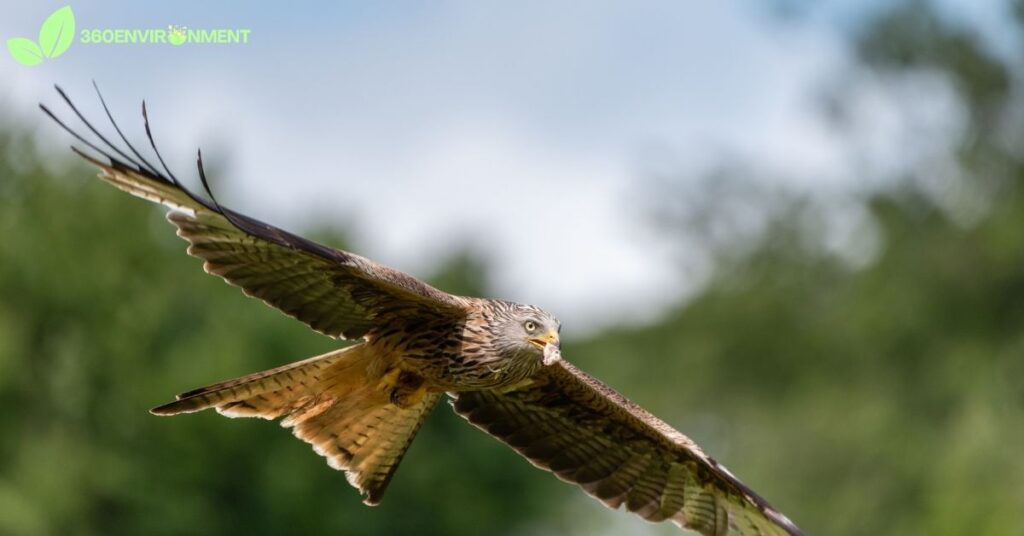
3.1 Diet Composition
Kite animals have a varied diet that includes small mammals, birds, insects, fish, and carrion. Their feeding habits often reflect the availability of food in their habitats.
- Carrion: Black kites are well-known scavengers, frequently feeding on carrion. In urban areas, they scavenge food from garbage dumps, while in rural areas, they often feed on the remains of dead animals. Their ability to eat carrion helps maintain ecological balance by removing decaying matter from the environment.
- Small Mammals and Birds: Some species of kites, such as the black-winged kite, hunt small mammals like rodents and birds. They use their sharp talons to catch prey, often hovering above their target before diving down to capture it.
- Insects: Many kite animals supplement their diet with insects, especially during the warmer months when insect populations are higher. Grasshoppers, beetles, and other large insects provide a valuable source of protein for these birds.
- Fish and Marine Life: Coastal kites like the Brahminy kite are well adapted to hunting fish, crabs, and other marine animals. They often snatch fish from the water’s surface, using their talons to catch their prey with precision.
3.2 Feeding Strategies
Kite animals employ various feeding strategies to optimize their food intake. Their flexibility allows them to adjust to different environments and available resources.
- Soaring and Scavenging: Kite animals are skilled at soaring on thermals, allowing them to cover large areas while conserving energy. Black kites, in particular, are often seen circling above potential food sources, waiting for an opportunity to scavenge.
- Hovering and Hunting: Certain species, like the black-winged kite, are known for their ability to hover in mid-air while scanning the ground for prey. This behavior is similar to that of kestrels and helps kite animals locate small mammals or birds in open fields.
- Kleptoparasitism: Kite animals, particularly black kites, are known to engage in kleptoparasitism, a behavior in which they steal food from other birds or animals. This opportunistic feeding strategy allows them to access additional food sources without having to hunt or scavenge for themselves.
4. Reproduction and Life Cycle of Kite Animals
Kite animals typically form monogamous pairs during the breeding season, with both parents taking an active role in raising their offspring. Their nesting habits and reproductive strategies are adapted to ensure the survival of their young in various environments.
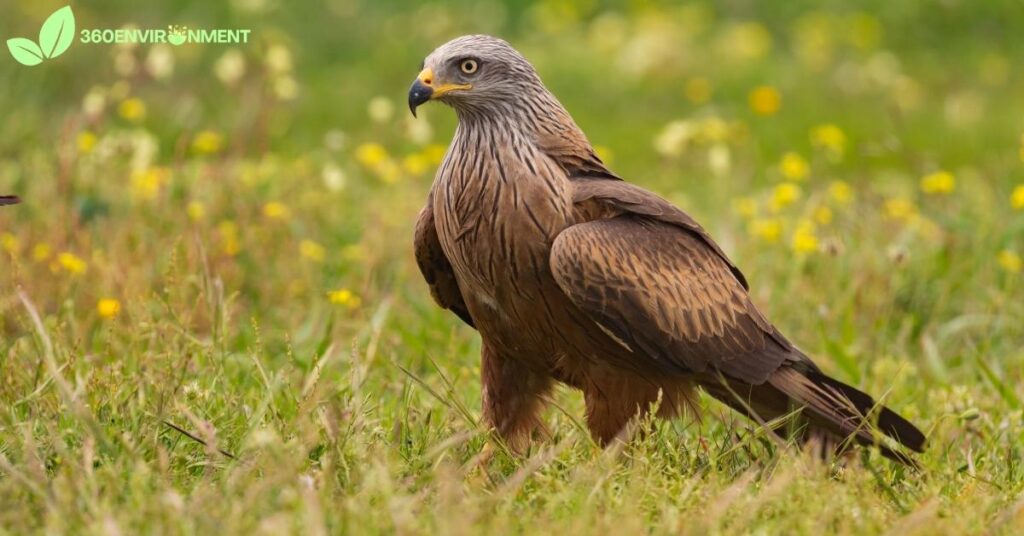
4.1 Mating and Nesting Behavior
Kites engage in elaborate courtship displays, often involving synchronized flight patterns and aerial stunts. These behaviors help strengthen the bond between mating pairs and ensure the selection of strong, healthy mates.
- Nesting Sites: Kite animals build their nests in elevated locations, such as tall trees or cliffs, where they are safe from ground-based predators. In urban areas, kite animals may build nests on man-made structures like buildings or towers.
- Nest Construction: Both male and female kites participate in constructing the nest, using sticks, grass, and other materials to create a sturdy structure. The nest is lined with softer materials like feathers to provide a comfortable environment for the eggs.
- Egg Laying and Incubation: Kites typically lay between one and four eggs per clutch, depending on the species. The eggs are incubated by both parents, though the female usually spends more time in the nest. Incubation periods vary by species but generally last around 30 to 35 days.
4.2 Chick Development and Parental Care
Once the eggs hatch, the parents provide constant care for the chicks, ensuring they are fed and protected from potential predators.
- Feeding Chicks: Both parents are involved in feeding their chicks, bringing food back to the nest in the form of small mammals, birds, or carrion. Kite animal chicks grow rapidly and require a steady supply of food to support their development.
- Fledging: After approximately 40 to 50 days, the chicks are ready to fledge. Fledging occurs when the young birds are strong enough to leave the nest and begin flying on their own. However, fledglings may continue to rely on their parents for food and protection for several weeks after leaving the nest.
5. Predators and Defense Mechanisms of Kite Animals
Despite being birds of prey, kite animals face threats from larger predators, especially during their vulnerable nesting periods. They rely on a combination of aggressive behaviors and strategic nesting to protect themselves and their offspring.
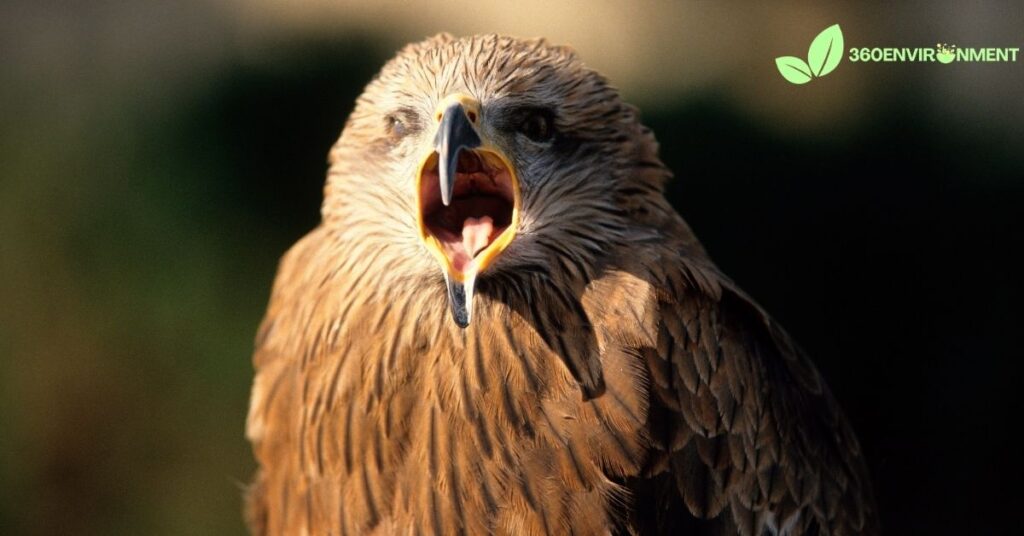
5.1 Natural Predators
Kite animals are most vulnerable when nesting, as their eggs and chicks are targets for a range of predators.
- Larger Birds of Prey: Eagles and larger hawks are some of the primary predators of kite animals. These larger raptors may prey on both adult kite animals and their young, especially during the breeding season.
- Ground-Based Predators: In some regions, mammals like raccoons or foxes may raid kite nests, preying on eggs or fledglings. By nesting in elevated locations, kite animals reduce the risk of predation from these ground-based threats.
5.2 Defense Mechanisms
Kite animals employ several strategies to defend themselves and their nests from predators.
- Aggression: Kites become particularly aggressive during the breeding season, often attacking or chasing away potential predators that venture too close to their nests. They may also team up with their mate to ward off larger birds of prey.
- Camouflage and Concealment: The plumage of kites helps them blend into their surroundings, particularly when they are perched in trees or flying at high altitudes. This natural camouflage reduces the likelihood of being spotted by predators.
- Strategic Nesting: By choosing nesting sites in tall trees or on cliffs, kites protect their eggs and chicks from ground-based predators. Some kite species also build their nests in densely vegetated areas, providing additional cover.
6. Ecological Importance of Kite Animals
Kite animals play a crucial role in maintaining the balance of their ecosystems. As both predators and scavengers, they help regulate populations of small mammals and clean up carrion, contributing to overall ecosystem health.
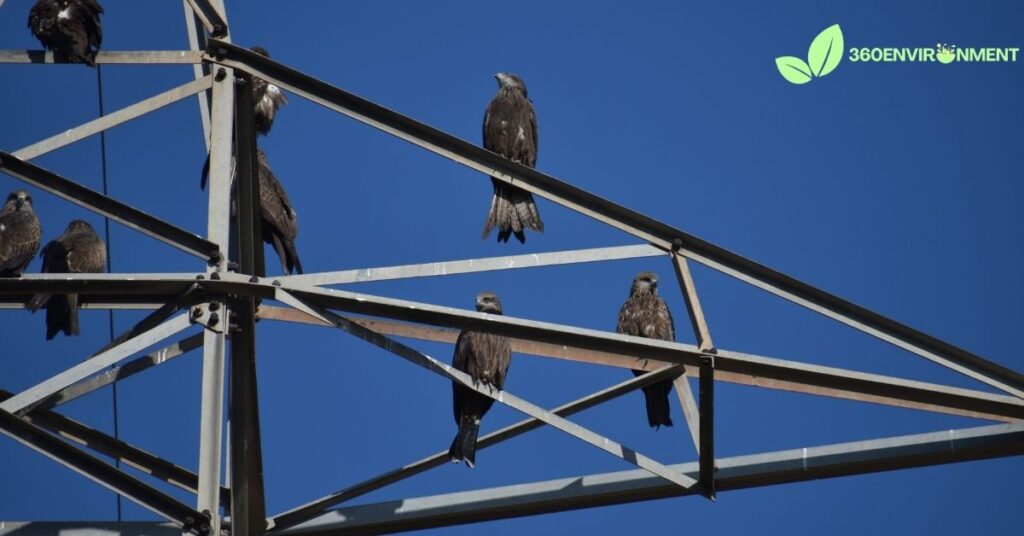
6.1 Role as Predators and Scavengers
As predators, kite animals help control populations of rodents, birds, and insects, preventing overpopulation and reducing the risk of crop damage in agricultural areas. By scavenging carrion, kite animals also contribute to the decomposition process, recycling nutrients back into the ecosystem.
6.2 Indicators of Ecosystem Health
Kite animals serve as bioindicators of ecosystem health. Changes in their population numbers can provide valuable insights into the state of their environment, signaling issues like habitat degradation, pollution, or declines in prey species.
7. Conservation and Threats to Kite Animals
Despite their adaptability, kite animals face several threats that have led to population declines in some regions.
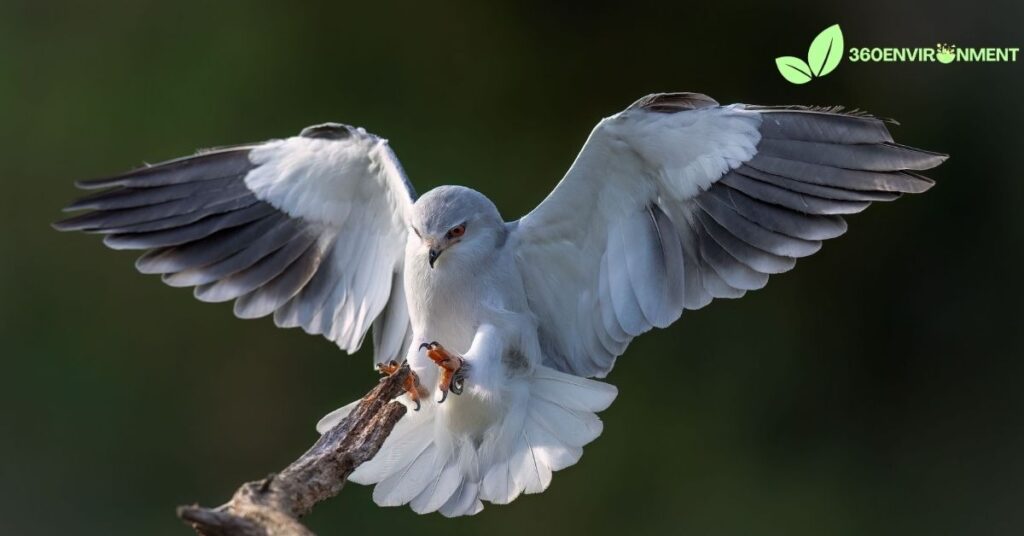
7.1 Habitat Loss and Fragmentation
The primary threat to kite animals is habitat loss due to deforestation, urbanization, and agricultural expansion. As open spaces and forests are cleared, kite animals lose vital nesting and hunting grounds, leading to population declines.
7.2 Pollution and Pesticides
Kite animals are vulnerable to pollution, particularly pesticides that accumulate in their prey. Exposure to chemicals like DDT can weaken kite animals, reduce their reproductive success, and lead to population declines.
7.3 Persecution and Human Conflict
In some regions, kite animals are persecuted by farmers who view them as a threat to livestock or crops. Misunderstandings about the role of kite animals in ecosystems can lead to unnecessary culling and persecution.
7.4 Conservation Efforts
Conservation efforts aimed at protecting kite animals focus on habitat preservation, reducing pesticide use, and educating communities about the ecological benefits of these birds. In some regions, captive breeding and reintroduction programs have been successful in boosting populations of endangered kite species.
8. Conclusion
Kite animals are an essential part of the ecosystems they inhabit, playing a vital role in population control and scavenging. Their adaptability and opportunistic feeding behavior allow them to thrive in diverse environments, from grasslands and savannas to urban areas and coastal regions. However, kite animals face a number of threats, including habitat loss, pollution, and persecution.
To ensure the survival of kite animals and the health of the ecosystems they support, conservation efforts must continue to focus on habitat protection, pollution control, and public education. By understanding the environmental niche of kite animals, we can better appreciate the importance of these remarkable birds and the critical role they play in maintaining ecological balance.
Read More: Understanding How Does A Parrot Get Sun Through The Feathers?

